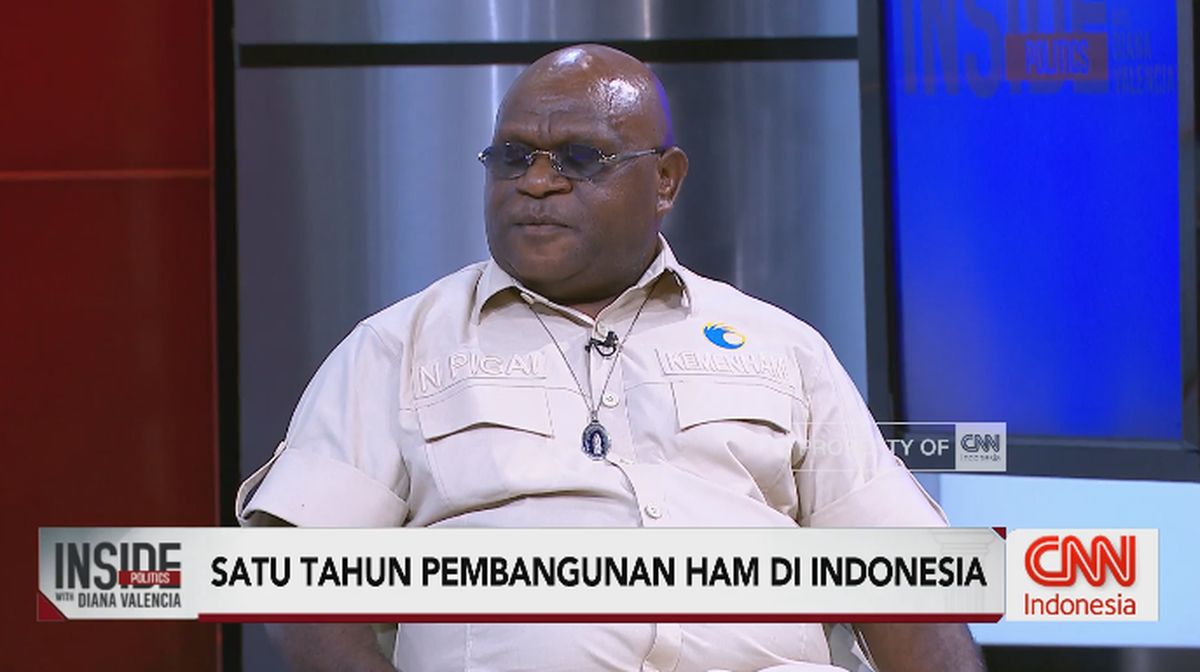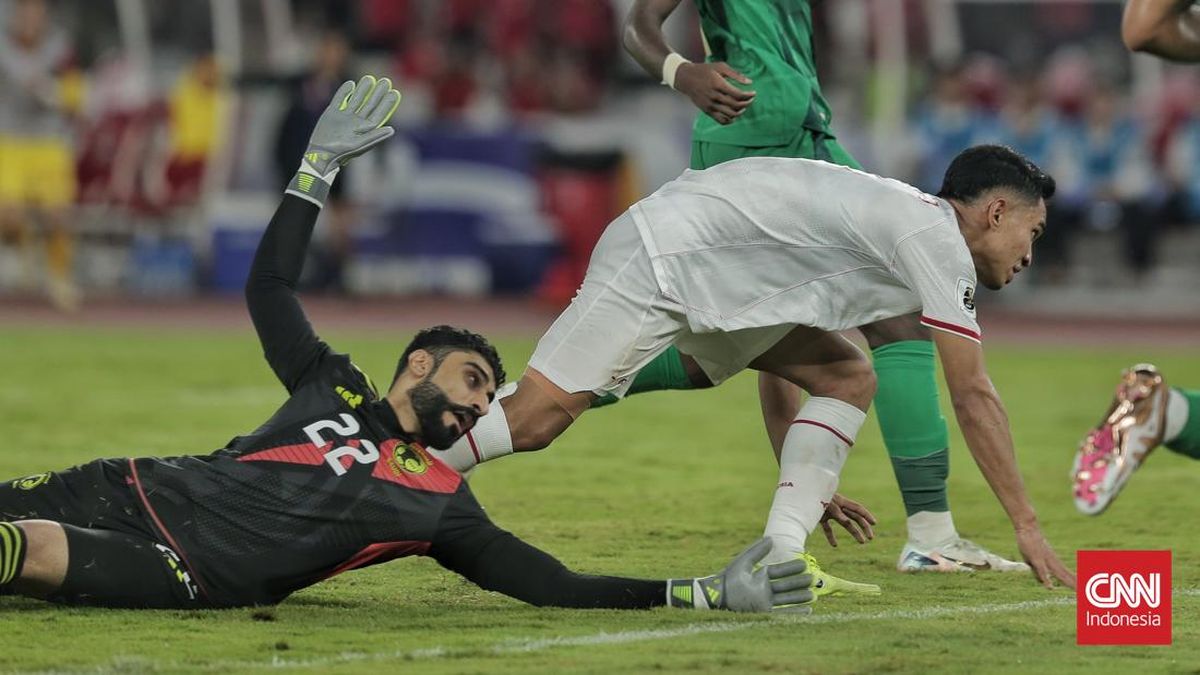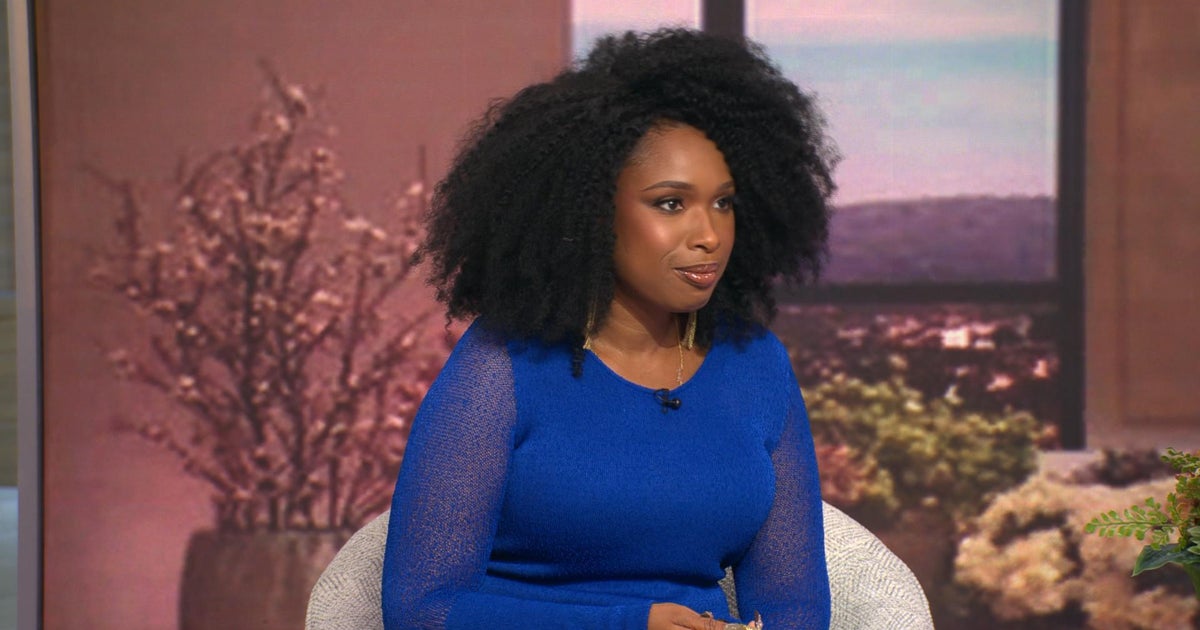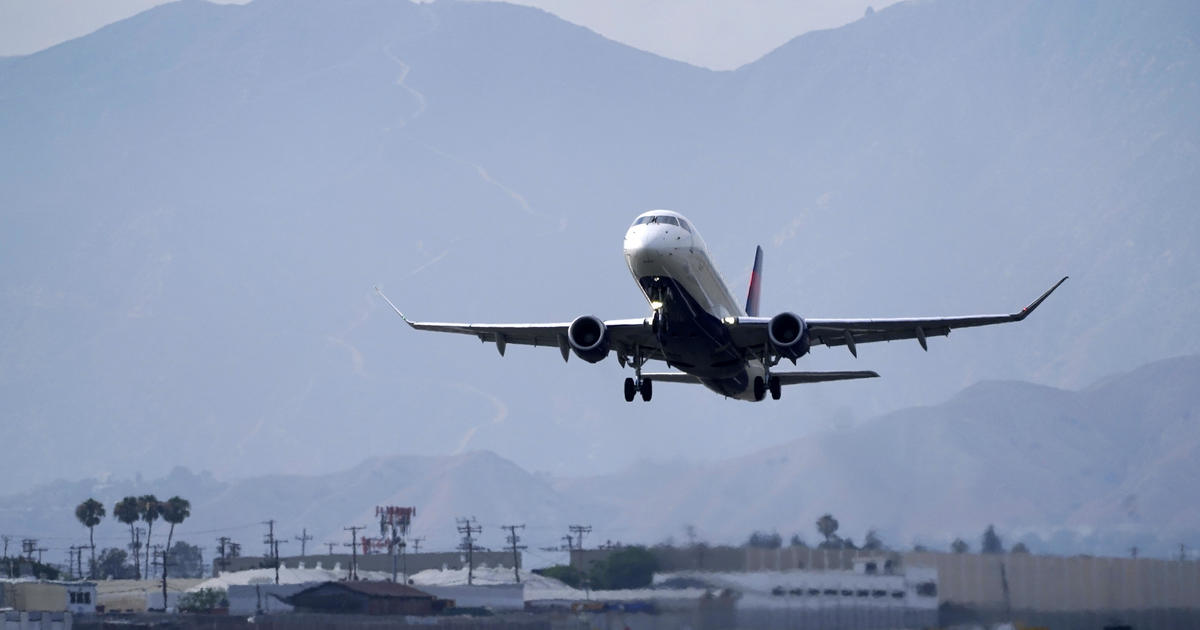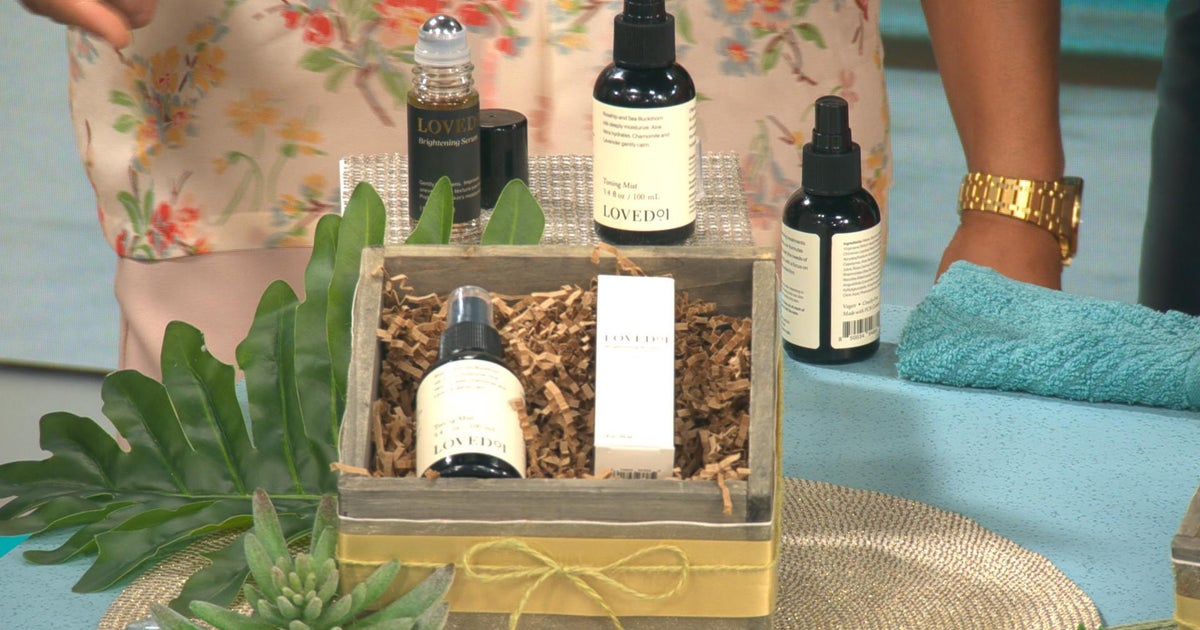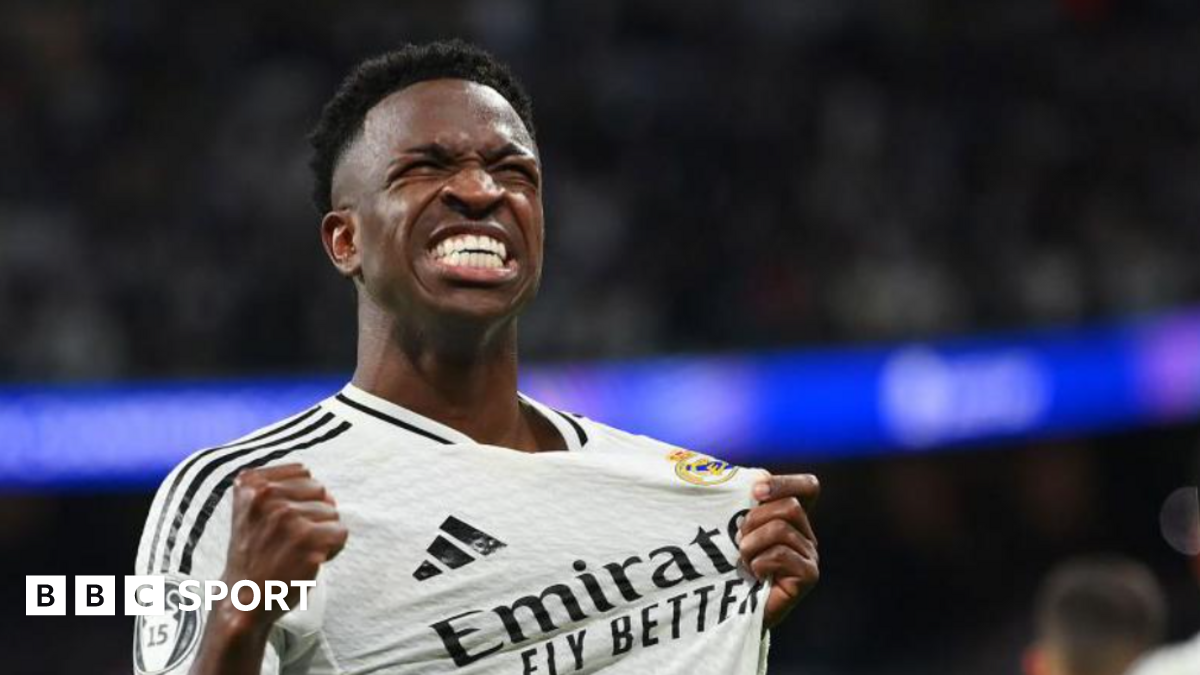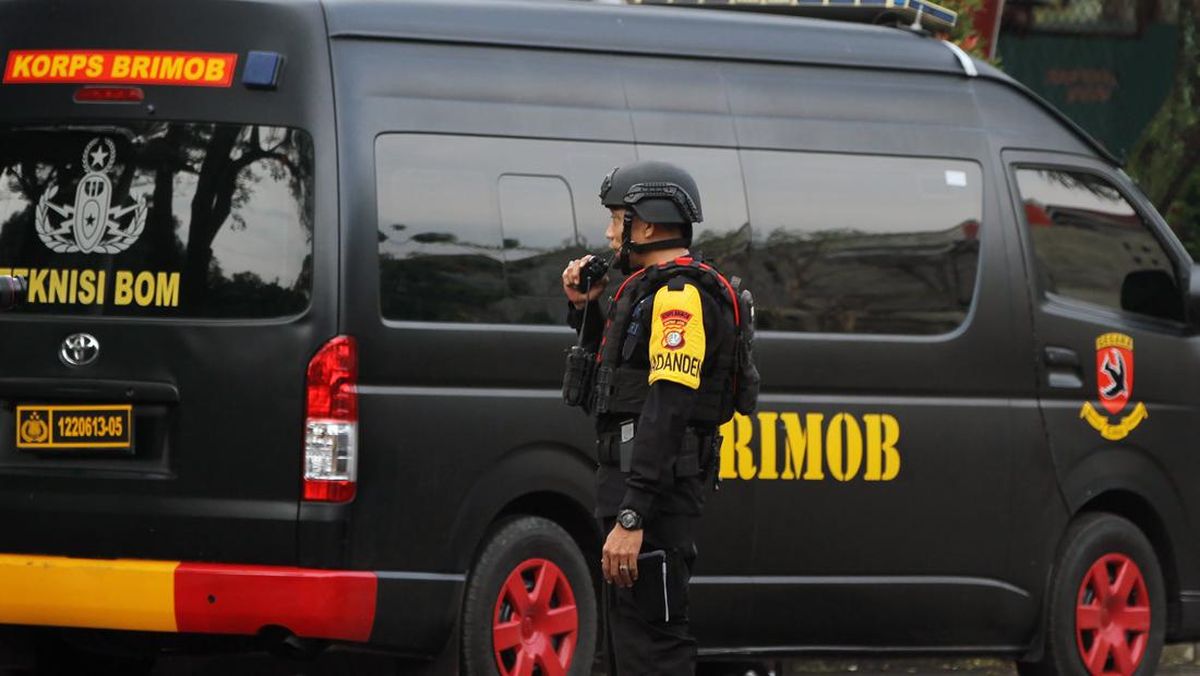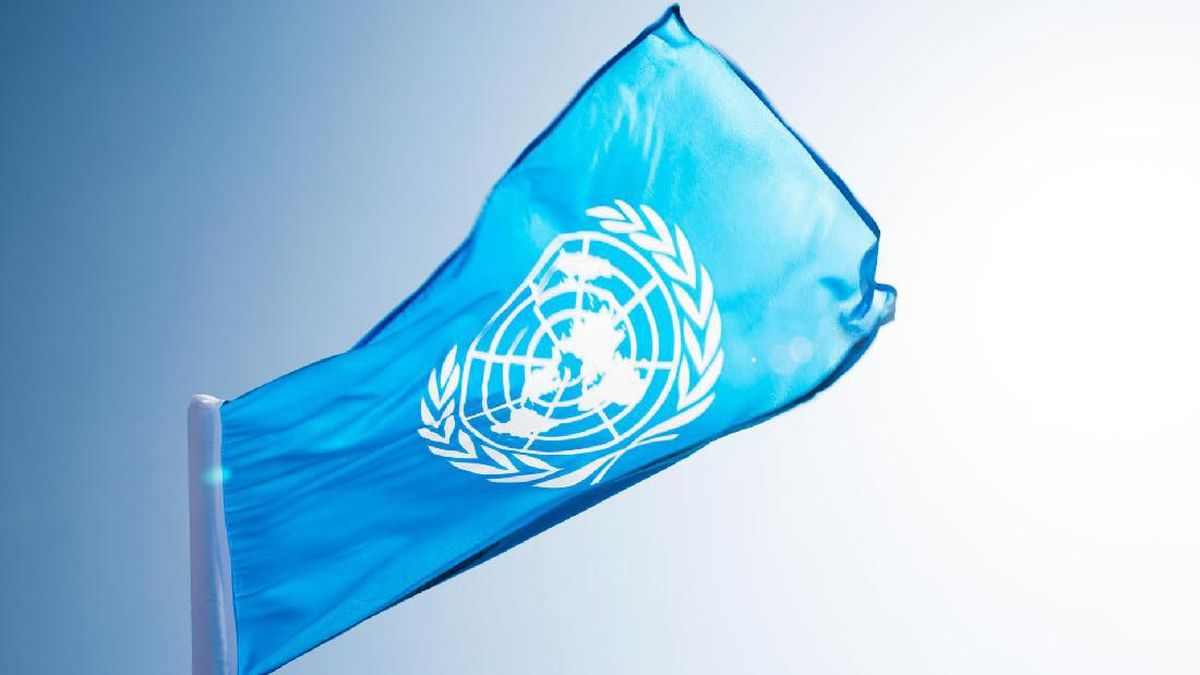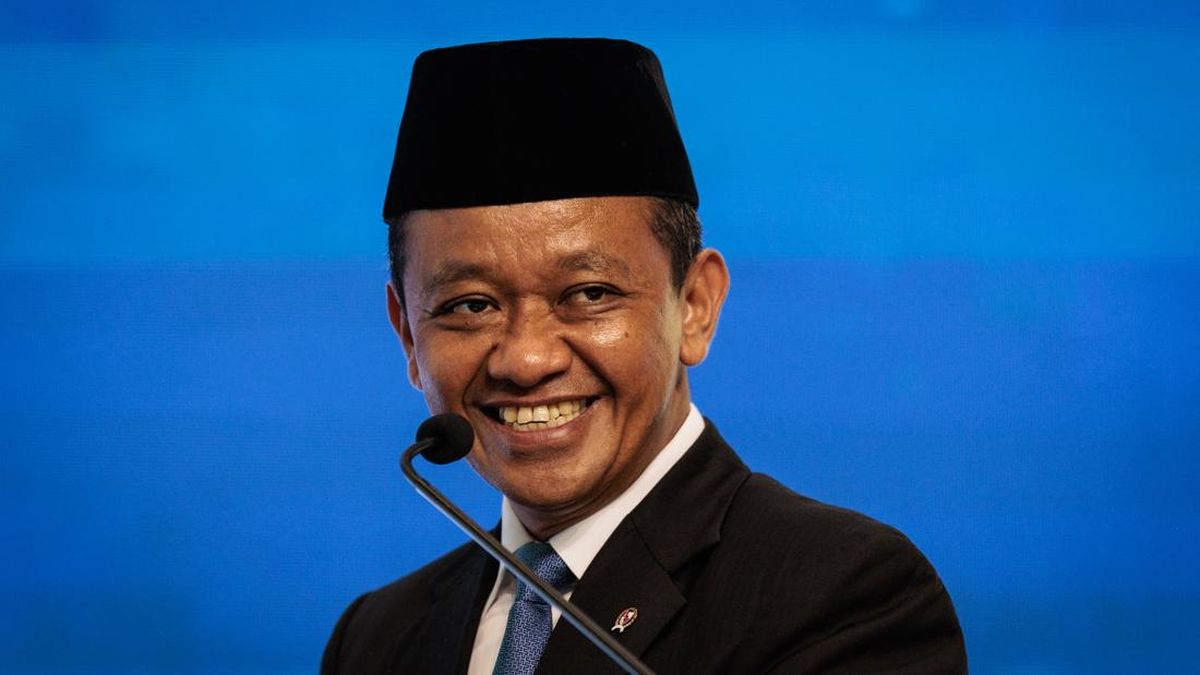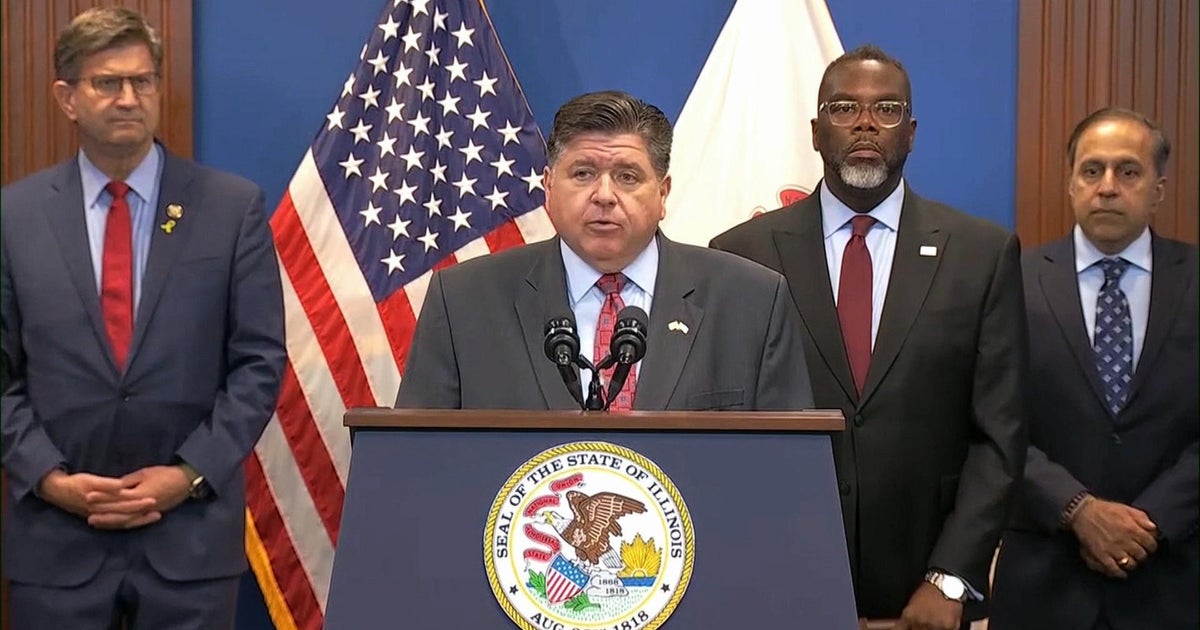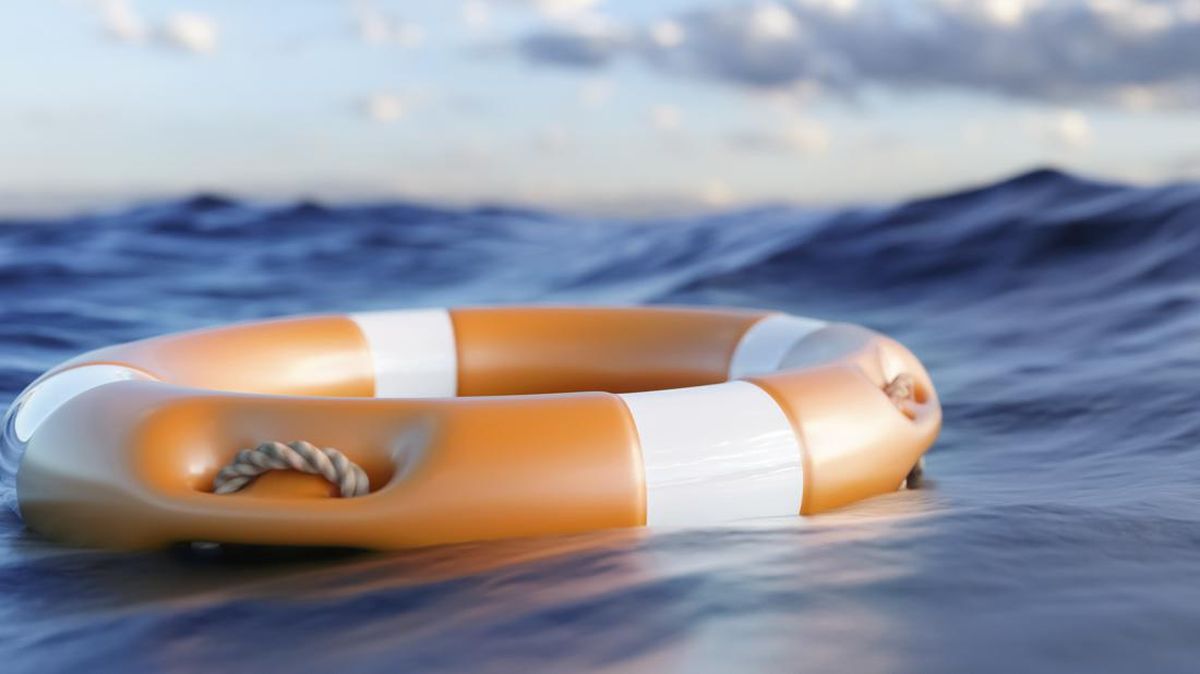I worked with Jane Goddall. She had the energy of a stalking lion
I first met Dr Jane Goodall in the early 2000s when I was at National Geographic in Washington, DC. She was one of an elite group known as an “explorer-in-residence” whom Nat Geo had funded to do research, write, speak out and inspire future generations.

Jane Goodall had a birdlike frame but the energy of a stalking lion.Credit: Victoria Will/Invision/AP
We were seated around the table in the Founders Room, an austere room with portraits of the world’s greatest explorers, like Hiram Bingham and Robert Ballard, on the walls. But all eyes were on Dr Goodall, of course.
She was then in her 60s with a birdlike frame but the energy of a stalking lion. She had a laserlike focus on raising funds, negotiating deals to benefit her causes, and reaching as many people as possible across the globe.

Goodall and infant chimpanzee Flint reach out to touch each other’s hands.Credit: National Geographic Creative / Hugo van Lawick
I remember being struck by her determination. This woman, whose groundbreaking work had fundamentally changed our understanding of what it means to be human, had a steely side. Her stoic British countenance belied a ferocious commitment that had reshaped science itself.

A 1965 National Geographic Magazine cover with Jane Goodall and the chimpanzees in Tanzania. Credit: NGS LABS/National Geographic Creative
She listened to our ideas, ways to promote her work, new programs, carefully taking in what we were saying, but revealing nothing. She had been doing this for a long time by then, and her utter belief in her work and her steadfast focus on ensuring the outcome she wanted was clear. Was I intimidated by her? Never. I utterly admired her tenacity – her focus was always on her work and her message. And it inspired all of us to rise to her standards.
When she was starting out in the 1960s, she was untested and unknown. Very few of the scientific establishment supported her. According to National Geographic she, “challenged the male-dominated scientific consensus of her time”. Thank goodness Nat Geo took a punt on this “unknown”. If only more organisations were able to do this today, who knows what might be discovered?
Given National Geographic Society had provided some funding for her original groundbreaking work in 1960, a young woman planning to live alone in the jungle studying primate behaviour, she was still regarded some 50 years later as part of the Nat Geo family.
It was National Geographic which published the story she wrote in 1963, making the photograph of “contact” a globally recognised image, and then made the iconic documentary about her encounters with chimpanzees.
I recall another occasion where we had organised a large glittering event for her in Hong Kong to raise funds for her Roots and Shoots education program. It was black tie and Jane hadn’t packed a suitable outfit. Our staff quickly took her shopping on the company card to the fashionable Shanghai Tang store, and she selected a stunning ensemble which, I noticed, was worn by her at many events for years thereafter.
Loading
Just last month I gave an address at the Australian Museum’s Eureka Prizes in Sydney where I called out the three nonagenarians at the forefront of advocacy around environmental protection: primatologist Dr Jane Goodall, oceanographer Dr Sylvia Earle (known as “her deepness”), and naturalist Sir David Attenborough.
I have had the great fortune of working with all three of these extraordinary elders, and they all share that unshakeable resolve and unwavering commitment to their cause. They just never give up. It’s no surprise to me that at 91 years old, Jane was on an international speaking tour when she died.
Jane Goodall taught me that leadership isn’t about asserting authority over what we study or who we lead. It’s about creating space for observation, for discovery, for things to reveal themselves on their own terms.
Now we have lost that very same woman with an unyielding spirit who changed the world by refusing to let it be made small. She showed us that science doesn’t belong only to those with the right credentials or the proper pedigree. It belongs to anyone with curiosity and patience, and those with the determination to never give up.
Kim McKay is director and CEO of the Australian Museum.
Get a weekly wrap of views that will challenge, champion and inform your own. Sign up for our Opinion newsletter.
Most Viewed in National
Loading

